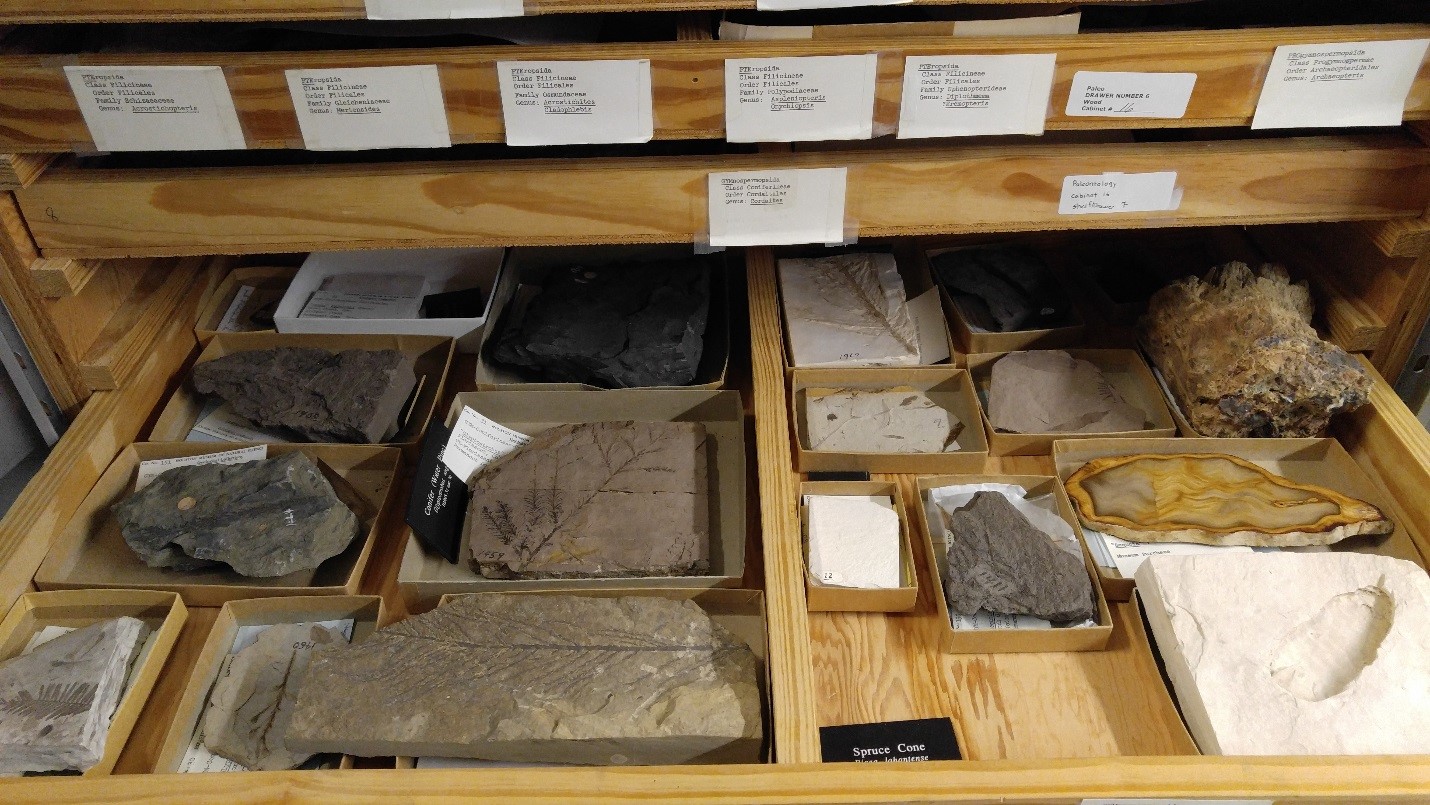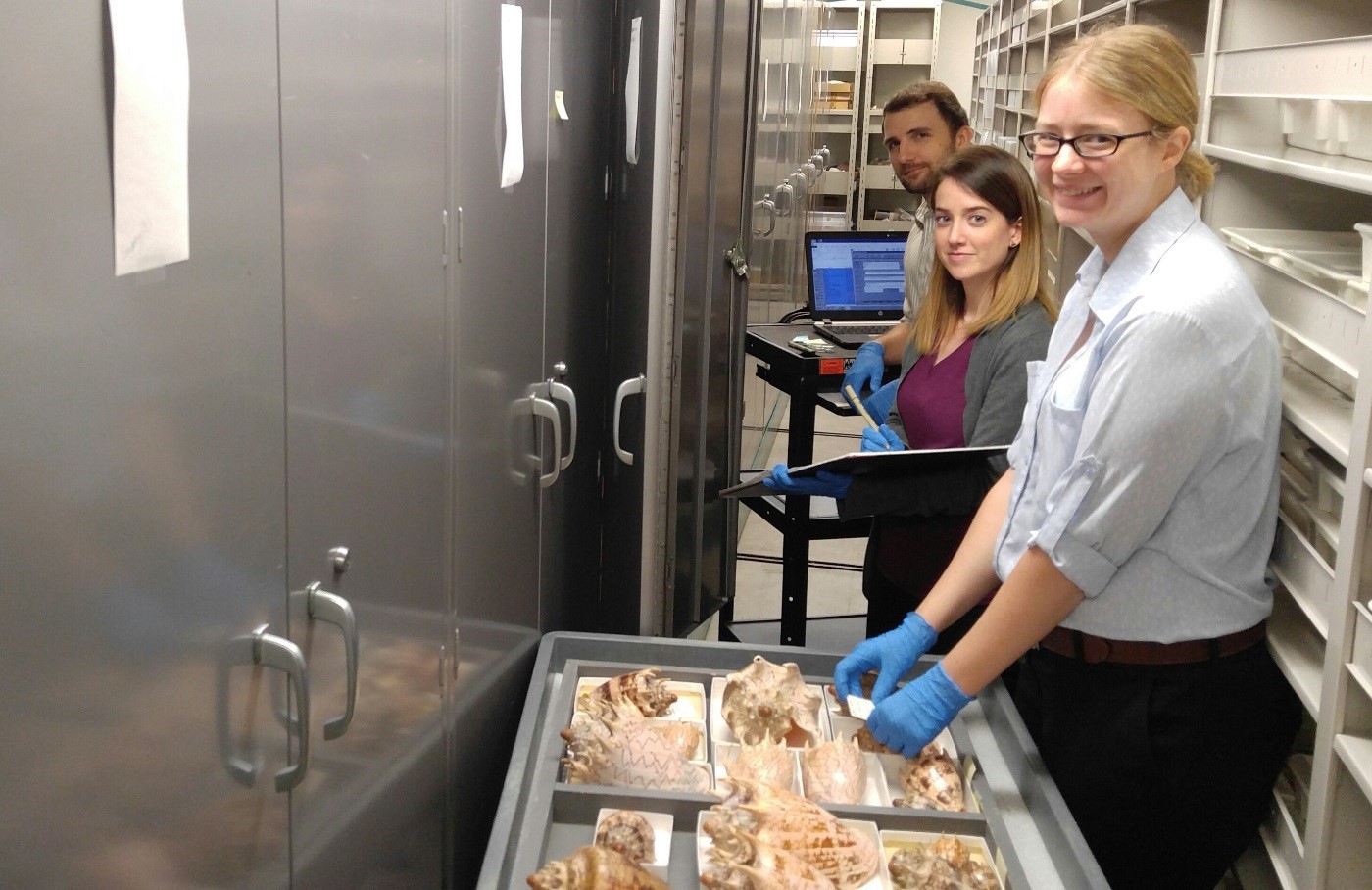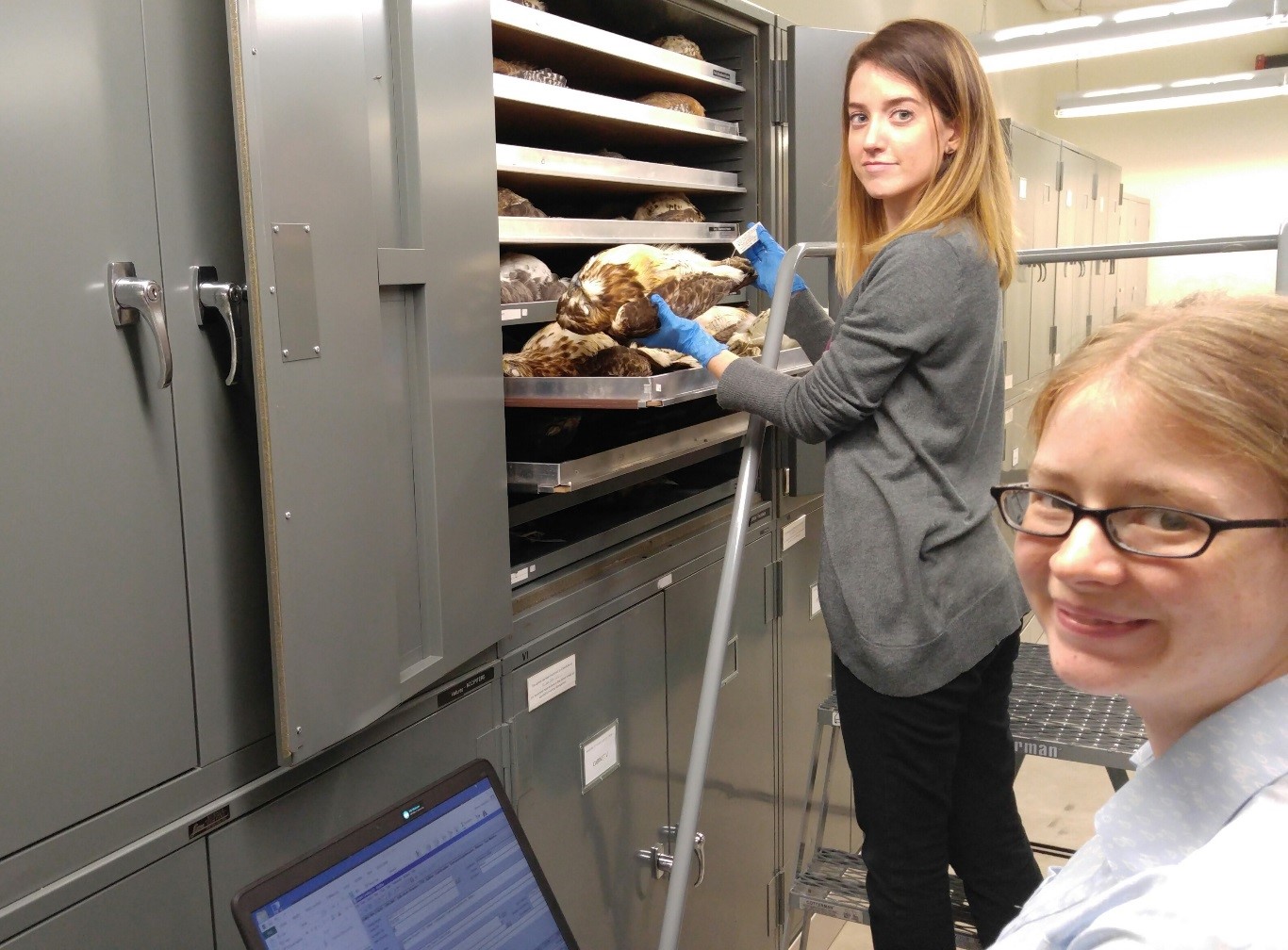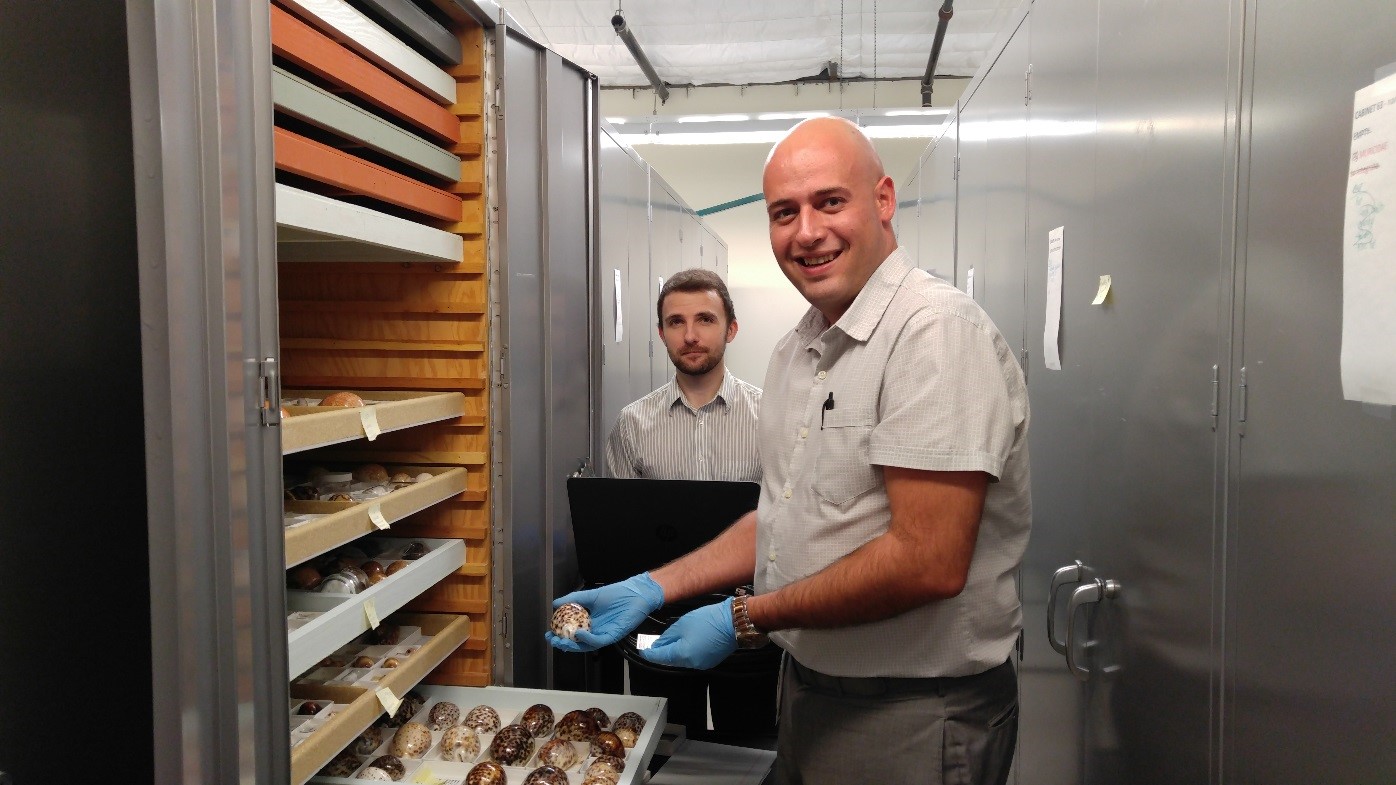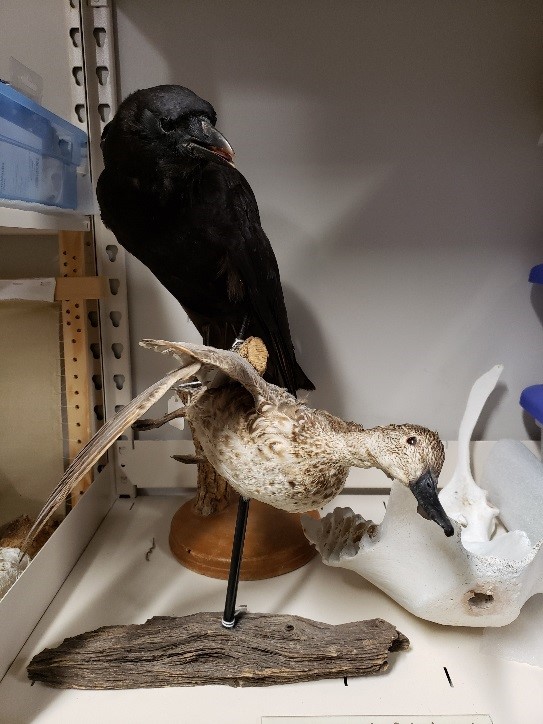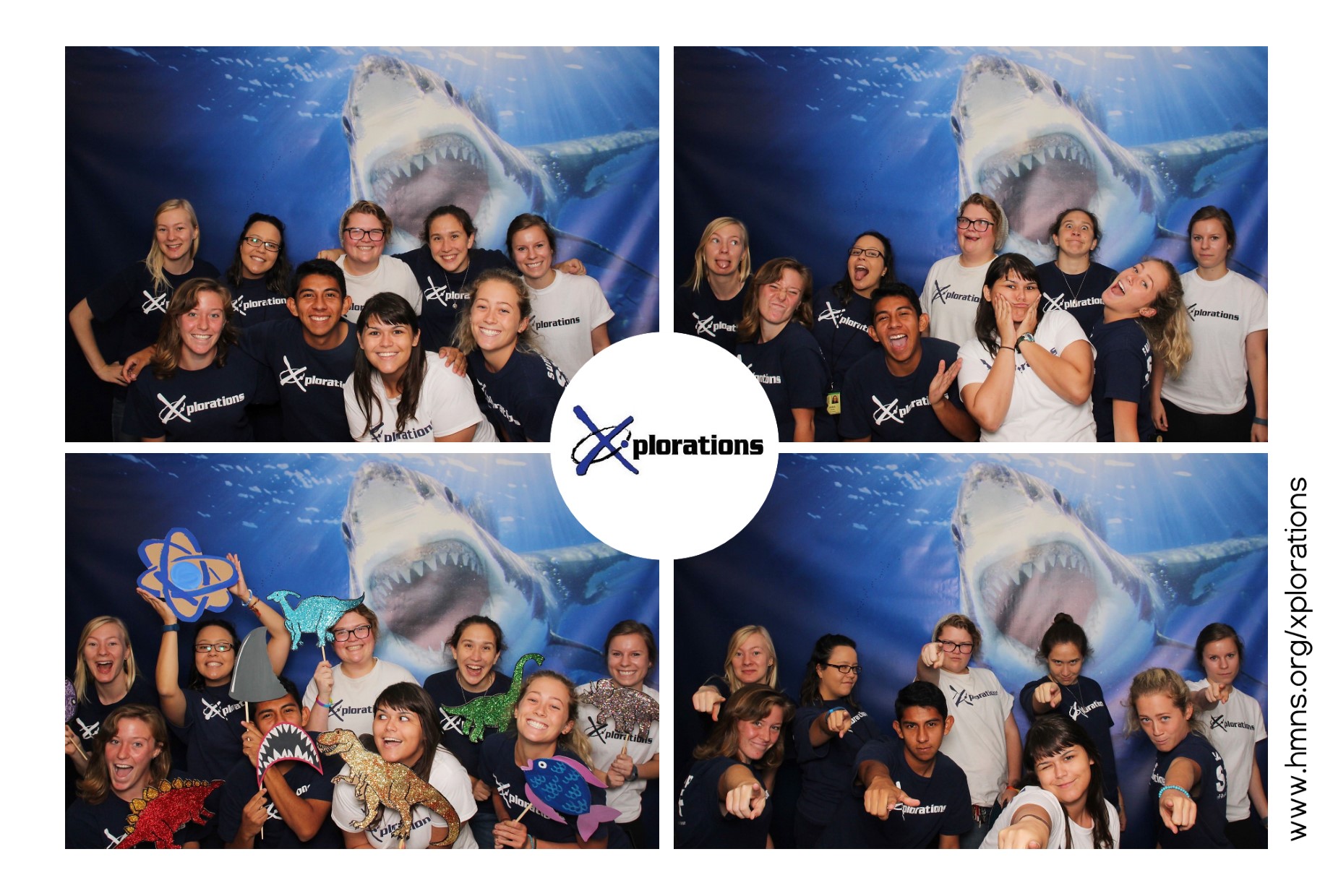Oftentimes we find ourselves in social situations with people we’ve never met before. You may be in a doctor’s office, a school open house, or even at a social event in our Museum. While mingling with new people the same conversations invariably come up, with the subject matter being almost as predictable as your favorite pet greeting you at the door. The question we’ve all both asked and answered that amuses me the most is, “So, what do you do for a living?” Personally I’m okay with that question because saying that I work for the Houston Museum of Natural Science often results in responses like, “My children love that place!” or, “We’ve been members for years!”
Those are the typical responses I get when I omit the department I work for. How could the response be any different based on the department that I belong to? Well, I work in Museum Collections, and while for many that brings up mental images of stacks of old fossils and fragments of pottery, for some people it makes them envision a completely different form of “collections” work. Don’t get me wrong, as a struggling college student that was prone to creatively juggling bill due dates I can see where their mind processed the second word and completely missed the first. I help add to their consternation by providing my title of Inventory Manager, which I believe lends a mental image of tracking office chairs and Swingline staplers.
Not office chairs and swingline staplers
It really isn’t like that at all — and now comes the fun part of letting you peek behind the curtain of what it is to do what I do. Our Museum has a huge collection of artifacts, fossils, animals, shells, and minerals. Our collection is so large that as you walk the halls of the Museum you’re seeing no more than 10% of what we actually own. Keeping track of that many items is a full time job. Actually, it’s four full time jobs.
Meet Emmalee, Kathleen, and Max; all three are Inventory Technicians for the HMNS Collections Department. Their task and mine is to create a record of each item’s location and to tie that location to the item’s file. When you’re dealing with numbers of items that border on the millions that might seem like an impossible task. Thankfully technology impacts all things, including the museum world. Here at the Museum we have software that allows us to document an item’s location down to the very shelf that item rests on.
Anyone familiar with our Museum and has visited recently can probably guess that just knowing an object’s storage or display location wouldn’t be enough. Objects in storage or on display don’t typically stay in those locations and many of our pieces are rotated in and out based on current exhibitions at the Museum. Keeping track of an artifact or specimen once a curator has decided that it should be displayed or stored is our second responsibility.
So yes, my team and I work in a collections department but it might not be the department you first envision or the job you first thought we did. We work in a department that strives to preserve knowledge for future generations — and tracking dinosaurs really is in our job description.


